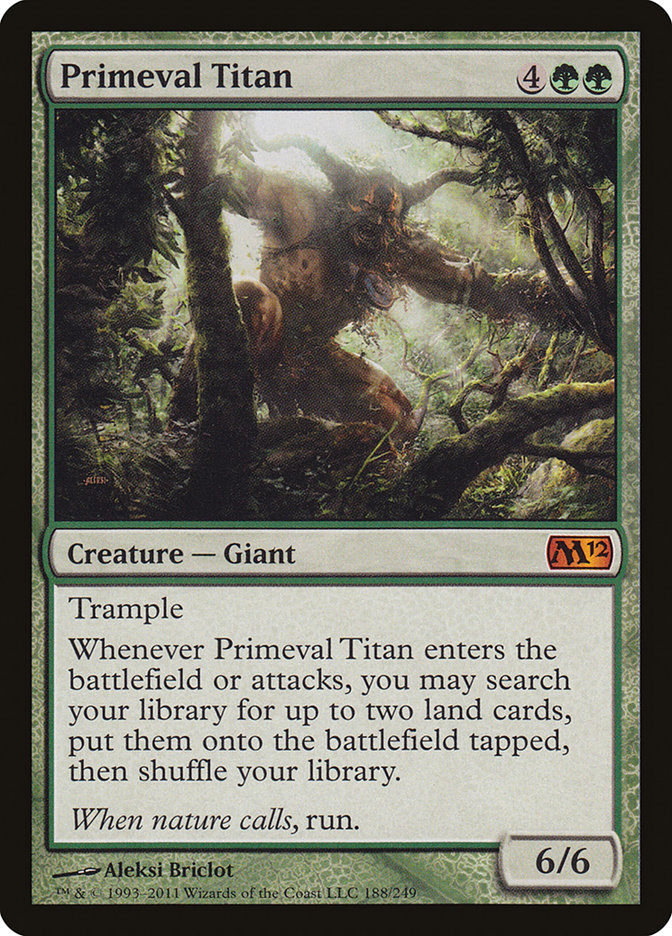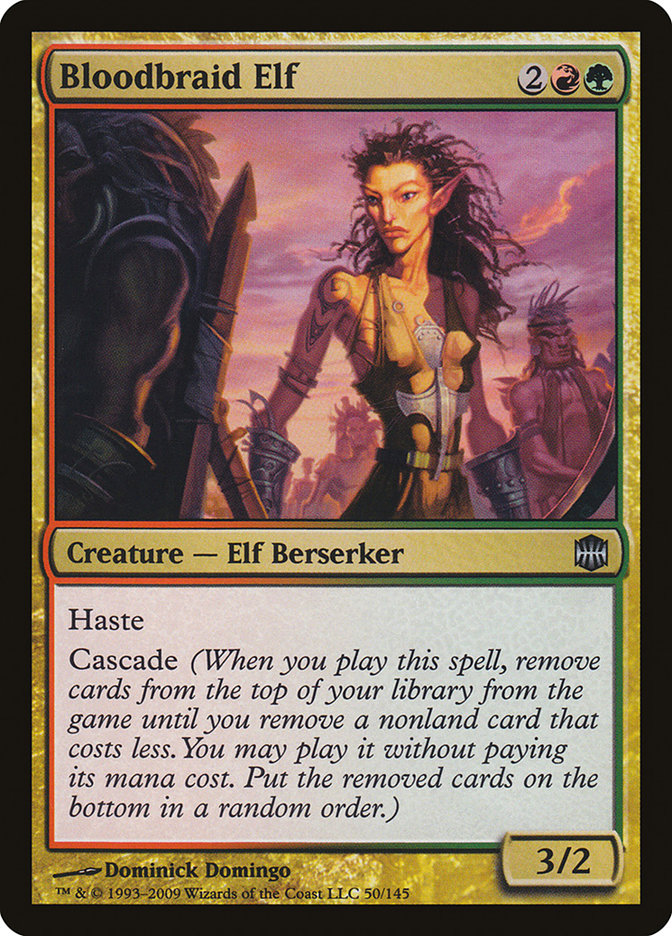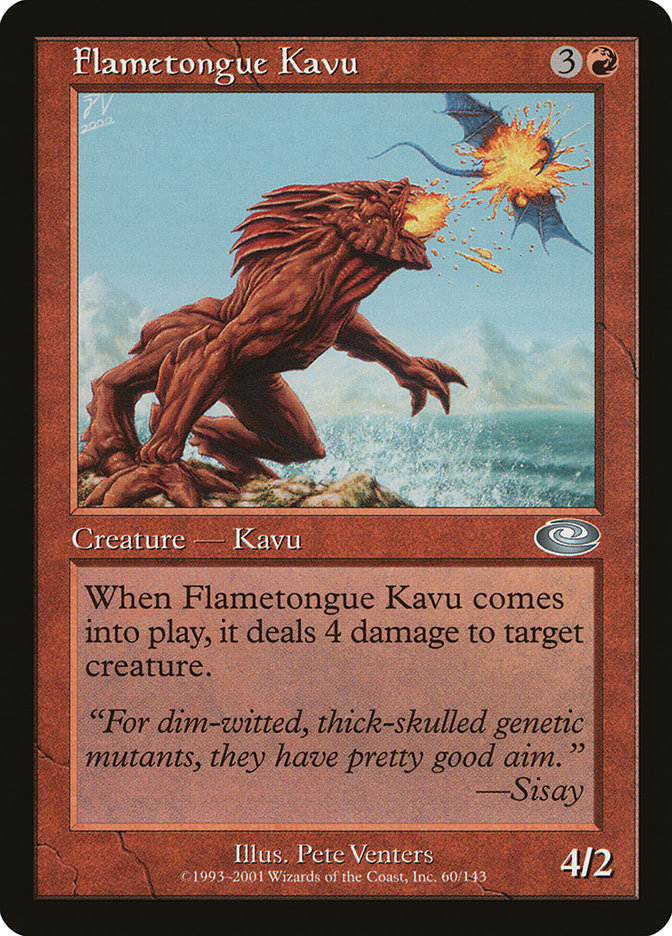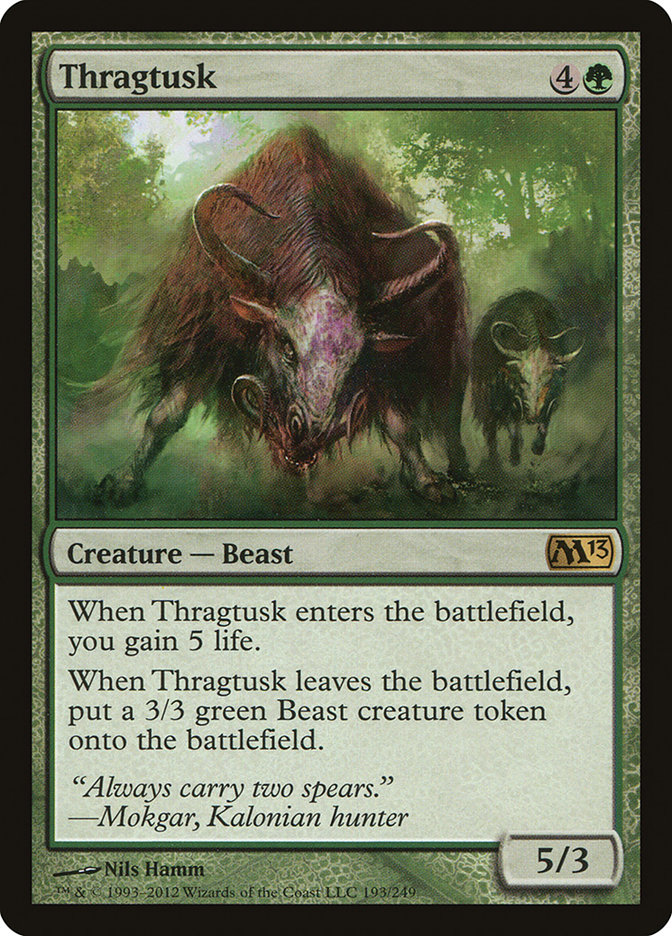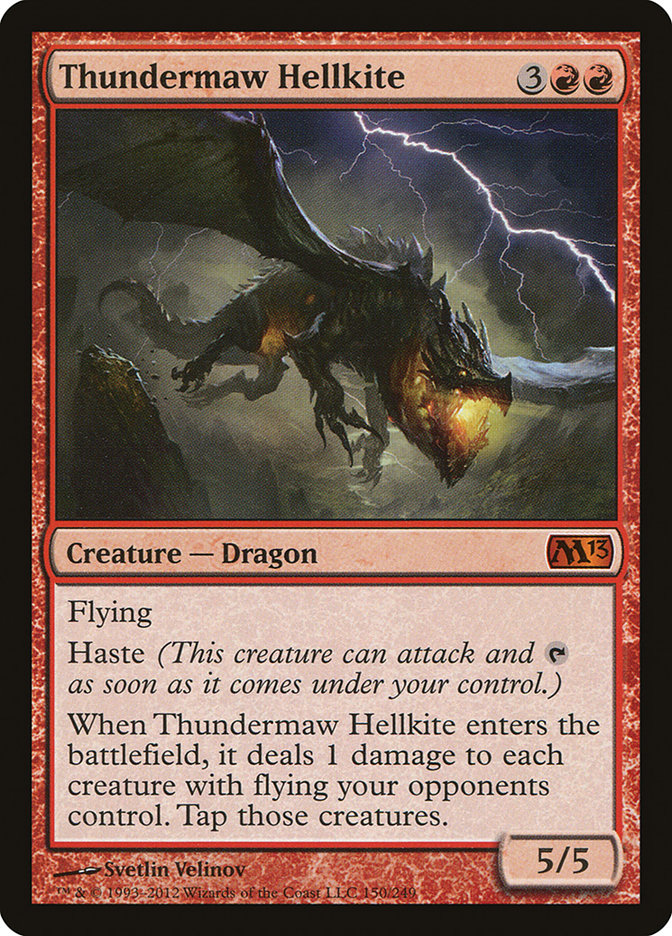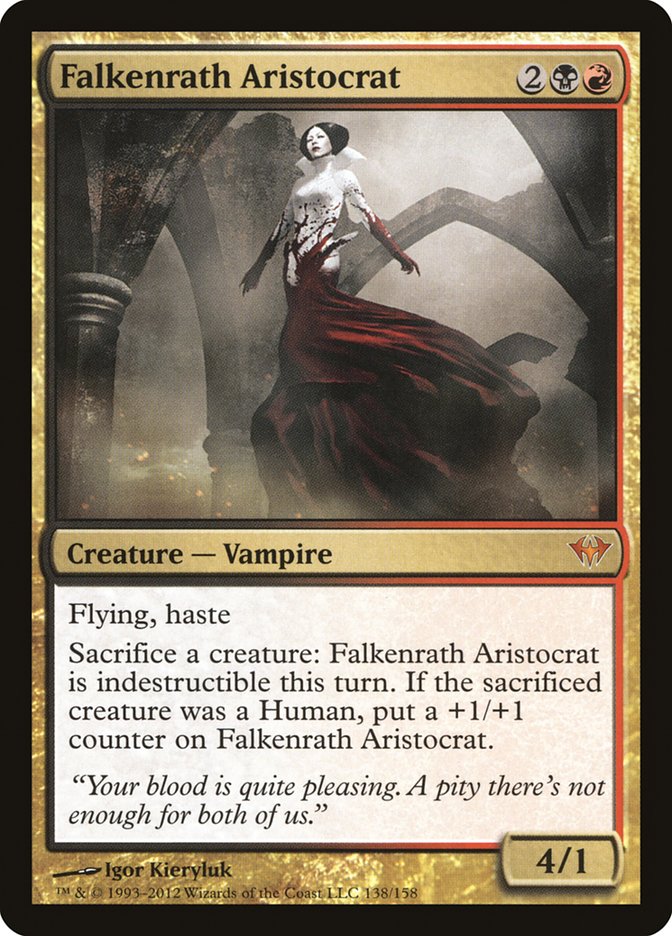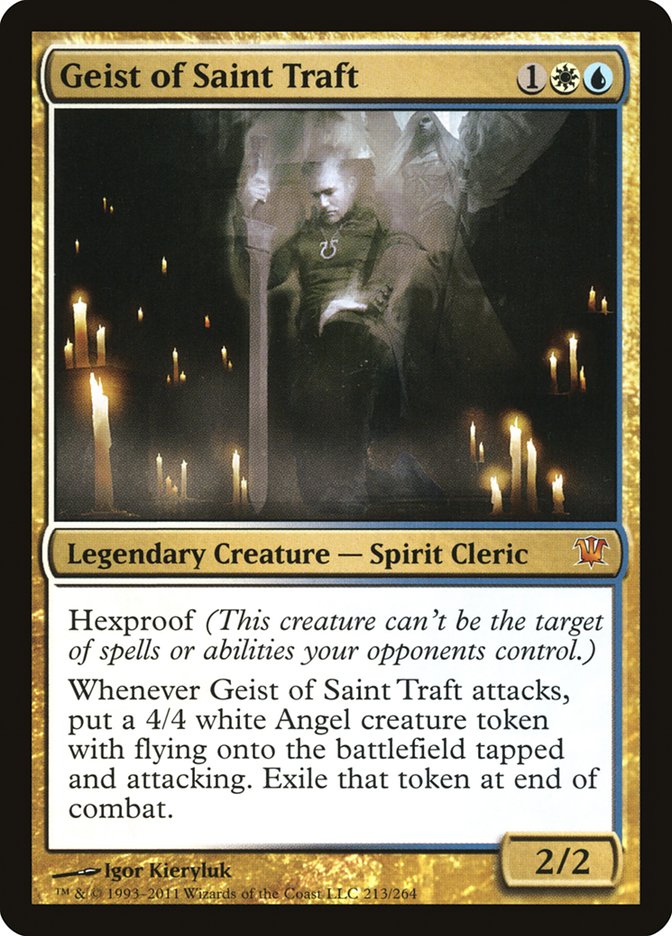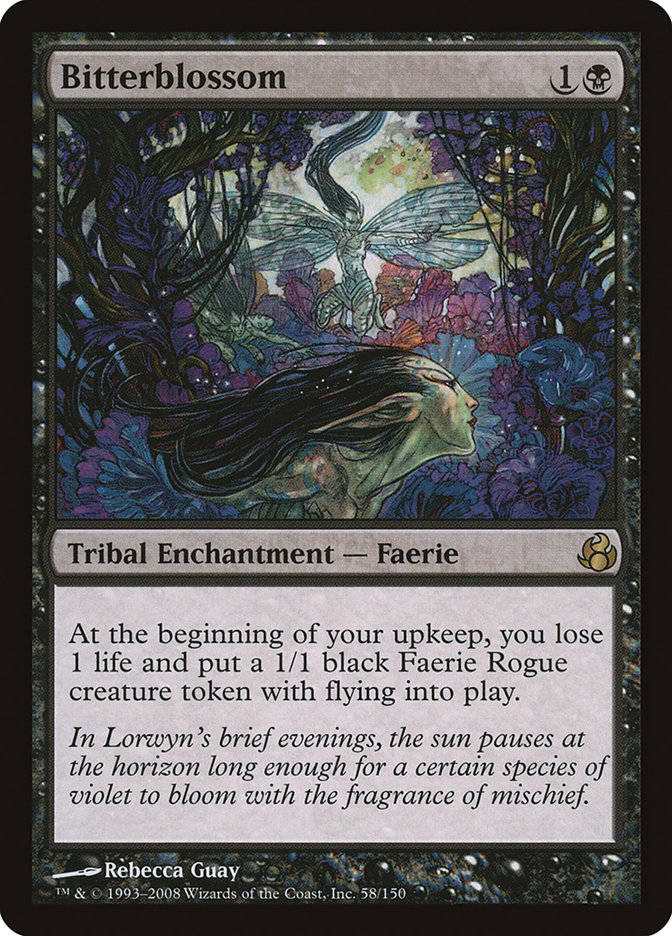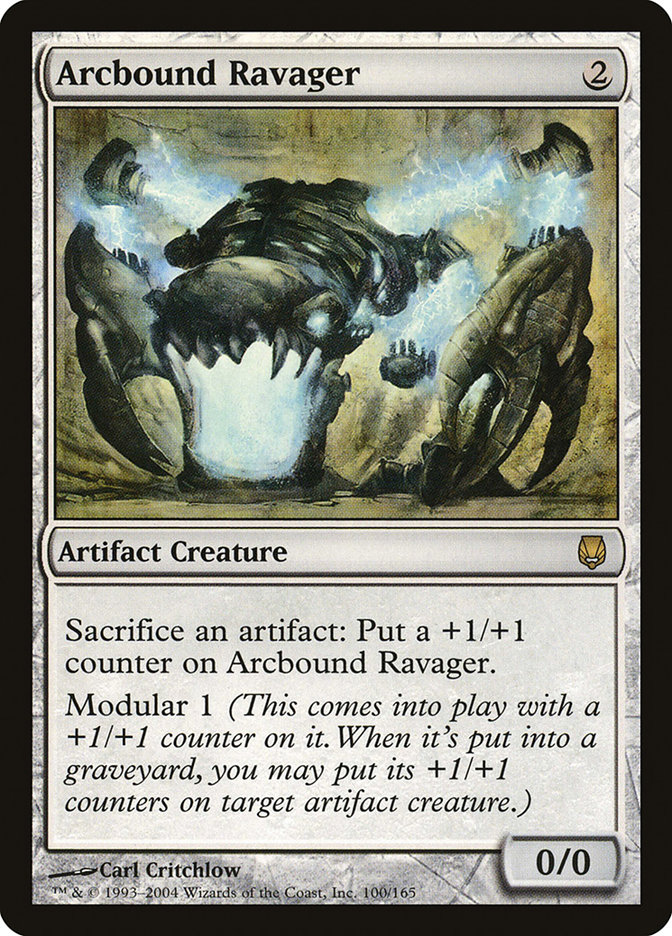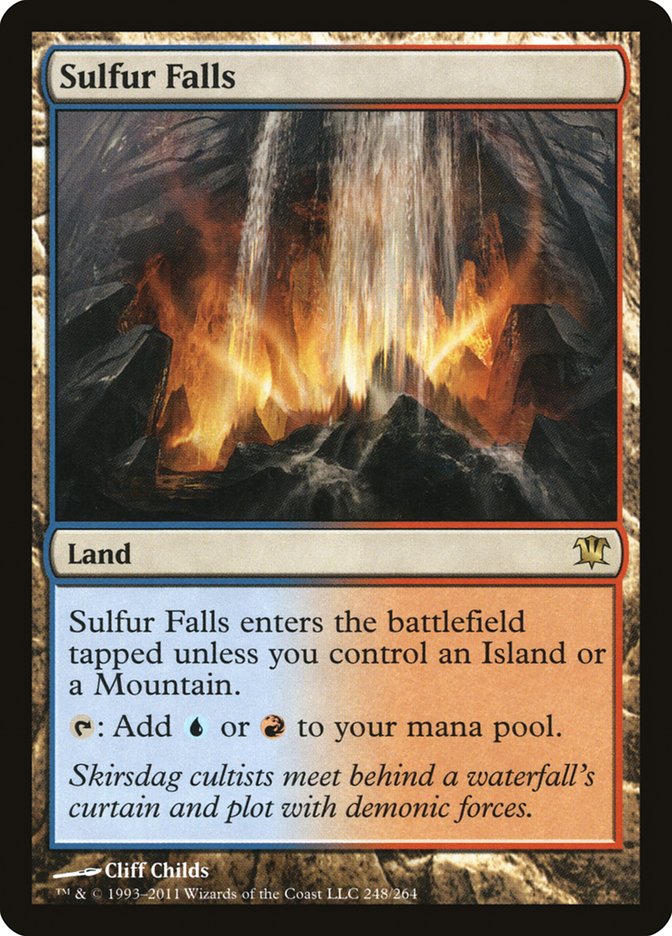Let’s take a look at the post-Theros Standard environment, shall we?
. . .
What’s that you say? There are only six mostly irrelevant cards spoiled from the set?
(Aside: Satyr Hedonist is sweet.)
Well, let me ask you this. How would Standard look right now if:
Primeval Titan were legal?
How about Jace, the Mind Sculptor?
Okay, now I’m just dating myself.
All of these cards defined their respective formats, and one could say that when they rotated out, it was not the new cards that would go on to define the new format but rather the absence of the old ones. While this is not always true, there are many powerhouses in the current Standard environment, so let’s take a look at what their absence will mean for the future.
Let’s start with the poster child for midrange decks, Thragtusk. Interestingly enough, Thragtusk helps to prove my point, as it did not really see major play until the Titans (Sun Titan, Primeval Titan, etc.) had rotated out of the format—their 6/6 bodies and extremely high power level dwarfed our now favorite five-drop.
Regardless, since the Titans rotated, Thragtusk has been an eminent force in Standard. Thragtusk has fueled all manners of midrange control decks, some larger control decks such as Bant, and one of the few combo-esque decks in the format in Junk Reanimator. The card is an absolute house against any deck that plans on playing fair, and because Standard has lacked any sort of linear / synergy aggressive deck or combo deck, it has run rampant.
So what does life without Thragtusk mean? First off, it means you can play a midrange deck without playing Thragtusk and not feel bad about it. Aside from being very good, it is also the best answer to itself, and now this is no longer a limiting factor.
It also means that aggressive decks no longer need to fear not having their opponent dead before turn 5. Thragtusk stonewalled aggressive decks so hard that it forced them to try to go over the top, and we eventually saw aggressive decks playing numerous four- and five-drops to allow them to get past the beastly roadblock.
Also leaving is Farseek, which was the peanut butter to Thragtusk’s jelly. Midrange decks typically crush aggressive strategies, and after a very long period of midrange, perhaps we will see a change.
Speaking of going over the top, the card that many of the aggressive decks turned to in order to fly over the heads of their opponent’s Thragtusks is the Red Baneslayer Angel, Thundermaw Hellkite. While it took a little while to see major adoption, Thundermaw Hellkite is one of the premier threats in the format and really serves to exemplify the essence of the format as a whole.
Thundermaw Hellkite is the perfect curve topper in a midrange format, as it can fly over gummed-up boards and can kill very quickly after an early / midgame attrition battle.
The evolution of the B/R Zombie deck early in the season is a testament to this.
The first B/R Zombie deck was almost a Sligh deck; it was based around twelve two-power one-drops, burn spells, a pseudo-haster in Geralf’s Messenger, and one four-mana curve-topping finisher in Falkenrath Aristocrat. The deck even had Lava Spike (Bump in the Night) in it for god’s sake! The deck was just about perfect as to how I would imagine it being built in a vacuum, but once a bunch of Thragtusks started getting thrown at it, evolution beyond Lava Spike was clearly necessary.
That evolution was a few more lands, a few more red sources, and big daddy Thundermaw Hellkite.
Interestingly enough, it appears like the rotation of Thundermaw Hellkite will not be a huge loss for the format. Thundermaw was excellent at preying on midrange cards like Thragtusk and the card it was really designed to beat, Lingering Souls. With both of those cards also rotating, the loss of Thundermaw is not as relevant.
Speaking of aggressive, over-the-top finishers, Falkenrath Aristocrat might be one of the best curve-topping aggressive cards of all time. A very hard to deal with evasive finisher that had trouble finding a home at first, it eventually did in the B/R Zombie deck; if the Zombie deck ever went turn 1 one-drop, turn 2 two one-drops, turn 3 Geralf’s Messenger, turn 4 Falkenrath Aristocrat, it felt literally impossible to win from the opposite side.
While it is important to mention that it was also the cornerstone of the Pro Tour-winning The Aristocrats deck, many other important cards from that deck are rotating too, which makes it a somewhat moot point.
Falkenrath Aristocrat has been the face of resilient aggressive finishers and leaves a pretty huge hole to be filled. Its absence will open up some new holes in the format, as decks that were unable to beat aggression followed up with an Aristocrat will have more breathing room.
With the loss of Falkenrath Aristocrat, Thundermaw Hellkite, and Hellrider, aggressive red decks will have to either hope for some goodies to come out of Theros or perhaps look to lower their curves to more resemble the one- and two-drop-based aggro decks of the past.
While Falkenrath Aristocrat was a difficult to deal with threat that required specific answers (such as Tragic Slip or Lingering Souls), perhaps the most difficult to deal with threat Standard has seen in many years has been the hexproof monster Geist of Saint Traft.
Geist of Saint Traft was and is a format-warping card. Backed up with powerful tempo cards like Vapor Snag and Mana Leak, Geist wreaked absolute havoc on Standard and warped the format with its need for specific cards to answer its legendary hexproof body. Whether it was Diabolic Edict type effects, Phantasmal Image, or just being aggressive and having enough of a board presence, if your deck could not answer a Geist of Saint Traft, you were not going to be making it far in an event.
While Geist’s impact on the format recently has been limited to Bant Hexproof, if you look at the sideboards of the major decks of the format, you can see its influence: Liliana of the Veil, Barter in Blood, Celestial Flare, Devour Flesh, and so on.
The absence of Geist of Saint Traft from the format will have a major influence on how we build our decks from Theros forward.
Saying goodbye is so hard to do </3 (just ask [author name="Matt Costa"]Matt Costa[/author]). For our last card, we’re going to look at one I have cast many times since it has been legal and one I am very sad to see relegated to Modern and Legacy. (Who am I kidding? When am I ever gonna cast it in Legacy?)
Snapcaster Mage has done so much for the blue decks of Standard since its introduction that it’s almost hard to imagine the format without it. Giving control and aggro-control decks a slick package of card advantage and card selection, it is going to be difficult for blue decks to adequately replace the card advantage it provided.
Snapcaster Mage, along with its partners in crime Delver of Secrets and later Auger of Bolas, changed how we built our blue decks. They required a critical mass of cheap spells to efficiently use and created tension between our instant / sorcery counts and our use of other card types. Despite the restrictions it caused, the payoff was almost always worth it, and any time we took our blue decks into the mid to late game, Snapcaster Mage was one of the most powerful cards we could draw.
Without Snapcaster Mage, Auger of Bolas, and the also rotating Think Twice, blue decks are going to have to hope that Theros provides them with early game card draw / selection to supplement their Sphinx’s Revelations. It’s also going to open us up a bit to using more creatures, planeswalkers, and perhaps artifacts and enchantments in our control decks since we no longer will need to worry about our instant / sorcery counts.
With the rotation of Restoration Angel as well, unless we see some new powerful instant speed card draw, expect control to move in a more tapout-style direction.
Playing Esper Control at Pro Tour Dragon’s Maze gave me a glimpse into a future of blue control without Snapcaster Mage, and it is a very different world.
Moving Away From Midrange
One of the main things the cards above all have in common is that they are high on the mana curve (while Snapcaster Mage does actually cost two mana, realistically it needs at least three or four mana to be effective) and promote either mid- or long-game strategies. Even the two aggressive cards on the list, Falkenrath Aristocrat and Geist of Saint Traft, don’t come online til turn 4, when an aggressive deck is hoping to have already dealt a large portion of its damage.
All of the cards we’ve looked at have also for the most part been just good cards as opposed to synergy-based cards. Looking at other format-defining cards like Bitterblossom, Arcbound Ravager, and Wild Mongrel, we can see that each of them was extremely powerful in the context of the synergy of their sets. Typically, mid-costed "good stuff" cards push the format towards midrange.
One of the other important changes to the format is that all ten of the buddy lands will be rotating out. We’ve been living in a Standard with a bunch of dual lands based around a block full of gold cards. Usually, gold sets with lots of mana fixing, like Return to Ravnica block, also push the format towards three-color "good stuff" midrange decks.
If there isn’t a new cycle of duals in Theros, expect the more difficult mana bases coupled with the reprinting of Mutavault and the exodus of so many midrange cards to change the format significantly.
As someone who is not a big fan of midrange decks in general, I can’t wait.
https://www.facebook.com/jimdownside
(I highly encourage all comments and feedback. Feel free to either post in the comments of the article or message me directly on Facebook. Please also feel free to follow me on Facebook, but don’t be offended if I don’t accept your friend request; I only add people I’m acquainted with in person.)

